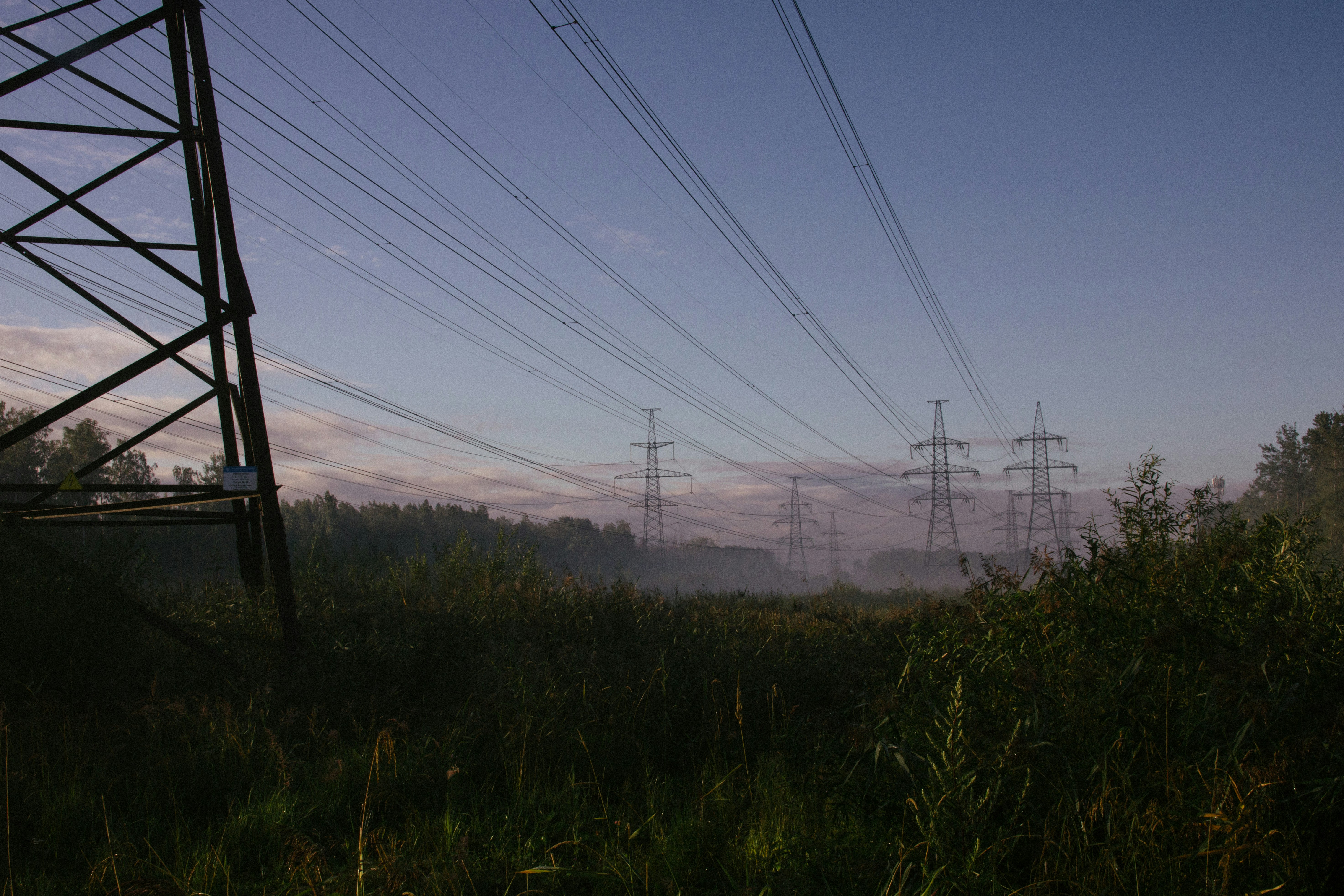Supercharge your talent hiring. For our top tier clientele, we recommend this search option to achieve your toughest hiring requirements. Supercharge your talent hiring...
Earth Day 2024: Four groundbreaking technologies shaping the future of sustainability


Celebrated every year on April 22nd, Earth Day is a reminder of the importance of environmental conservation and sustainability, encouraging us to come together and take action for a healthier planet and brighter future to raise awareness, inspire change, and foster a deeper connection with nature.
Today, as we celebrate Earth Day in 2024, it's important to reflect on the steps made in sustainable technology and their role in shaping a more environmentally conscious future. From renewable energy breakthroughs to innovative solutions, these four groundbreaking technologies are at the forefront of shaping the future of sustainability.
Next-generation solar panels:
Traditional solar panels have long been recognised as a clean energy solution, but advancements in photovoltaic technology are making solar power even more accessible and efficient for powering homes, cars, boats, you name it!
We need to ensure that we can continue to revolutinise the way we harness the sun's energy, as currently nearly all solar panels are made from silicon, which boast an efficiency of 22%. This means silicon panels can only convert about one-fifth of the sun's energy into electricity, because the material absorbs only a limited proportion of sunlight's wavelengths. Producing silicon is also expensive and energy-intensive. Scientists have been testing perovskite solar cells by stacking them on top of traditional silicon cells to make tandem cells. Layering the two materials, each absorbing a different part of the sun's spectrum, can potentially increase the panels' efficiency by over 50%. (1)
Carbon capture and utilisation (CCU):
Addressing the challenge of carbon emissions is crucial in the fight against climate change. CCUS involves the capture of CO2, generally from large point sources like power generation or industrial facilities that use either fossil fuels or biomass as fuel. CCUS facilities currently capture more than 45 Mt CO2 annually. (2)
Since January 2022, project developers have announced ambitions for over 50 new capture facilities to be operating by 2030, capturing around 125 Mt CO2 per year. By doing this, it will help to tackle emissions in hard-to-abate sectors, particularly heavy industries like cement, steel or chemicals, and remove CO2 from the air to balance emissions that are unavoidable or technically difficult to abate.
Vertical farming and controlled environment agriculture (CEA):
With the world's population continuing to grow, sustainable agriculture techniques are essential for ensuring food security while minimising environmental impact. Vertical farming and CEA methods utilise indoor farming systems equipped with LED lighting, hydroponics, and advanced climate control technologies to optimise crop production in urban environments. CEA allows us to produce crops with 70% to 95% less water than required for normal cultivation (3), and therefore by reducing water usage, eliminating the need for chemical pesticides, and minimising land use, these innovative farming practices are revolutionising the way we grow food.
Electric and autonomous vehicles:
There is no doubt that transportation is a significant contributor to greenhouse gas emissions, especially with the increase of cars per household, but electric and autonomous vehicles (AVs) offer a cleaner and more efficient alternative. The widespread adoption of electric vehicles (EVs), coupled with advancements in AV technology, promises to revolutionise the way we travel, reducing carbon emissions, easing traffic congestion, and enhancing road safety. In fact, under an appropriate pricing strategy, SAV deployment could reduce PM2.5 emission and energy consumption by 56–64% and 53–61%, respectively (4).
As we look ahead to a more sustainable future, these four groundbreaking technologies are paving the way for transformative change. Through innovation and collaboration, we can create a world where economic wellbeing aligns with environmental care, securing a healthier planet for future generations. This Earth Day, let's celebrate these technological advancements and pledge to advance sustainability even further.
Want to help shape the future?
View our latest jobs now.
Some more good reads
Looking for your next clean energy role?





































